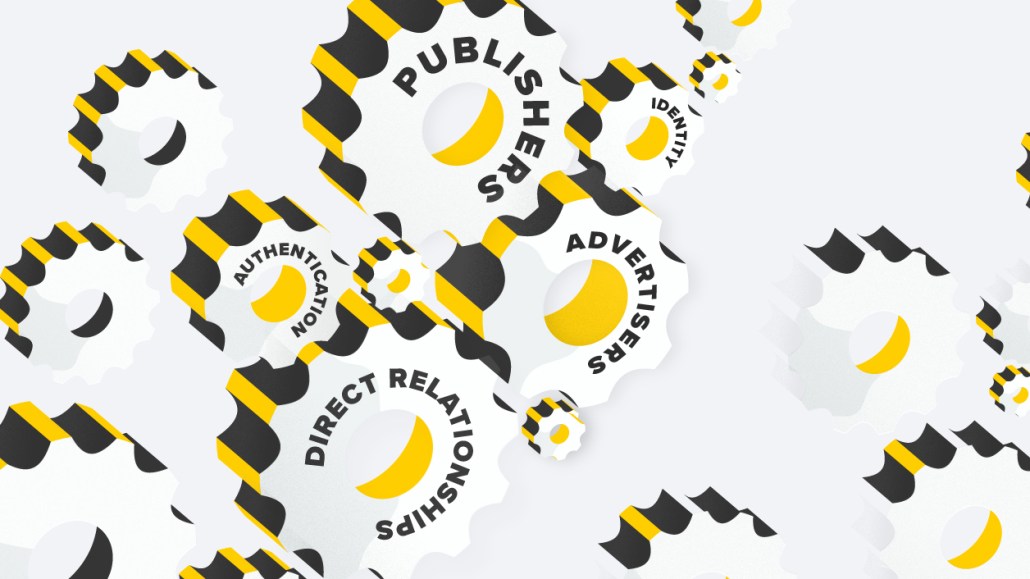
Kara Puccinelli, Chief Customer Officer, Nexxen
In the last year, platforms on both the buy- and sell-sides of the ad tech industry have been actively working to disintermediate one another, crafting solutions that aim to pare down the roles of other partners.
The goal is to optimize the supply path, routing spend as directly as possible. However, an unanswered question in this pursuit is: what will disintermediation ultimately mean for advertisers and publishers?
The answer is not all that encouraging. SPO without the appropriate technology is problematic for various reasons, not least because it wastes advertisers’ money.
Unified technology and resources set the foundation for SPO
Instead of boosting buyers’ marketing dollars and publishers’ revenue yield, cutting technology out of the equation ultimately reduces efficiency and hurts optimization — increasing waste and unnecessary spending.
Advertisers or buyers may think they’re saving money by eliminating demand-side fees, but they’re actually losing money on audiences that aren’t relevant to them or their brand. Without the capacity to evaluate and determine the right impression and manage frequency, advertisers are bound to see dollars blown.
Rather than carving tech partners out, advertisers and buyers benefit by ensuring that technology on both sides of the ecosystem works seamlessly together — whether engaging multiple third-party entities or utilizing one end-to-end stack.
Further, it’s important to note that optimization is defined as making the best or most effective use of a situation or resource — a concept some players have conflated with the practice of reducing resources altogether.
To craft the most effective supply path, marketers must ensure they’re supported technically to drive efficiency financially. Otherwise, they again risk wasting and spending unnecessary dollars on unvetted inventory.
Integrated buy- and sell-sides facilitate direct communication and incremental demand
Using technology that facilitates relationships between the buy- and sell-sides allows advertisers to negotiate fees on working media to reduce the tech tax end-to-end; it also empowers buyers to communicate more directly with the publishers and broadcasters from whom they’re purchasing inventory. Savvy marketers are embracing this closeness, brokering deals on tech fees to make their dollars go further.
From a publisher’s standpoint, working with partners with technology at both the buy- and sell-sides often drives incremental demand while elevating integration. When both sides work in concert, publisher impressions are economically allocated, meaning there’s less waste and more efficient use of ad requests and queries per second (QPS). Furthermore, selling publisher inventory is nuanced, and messaging is vital — horizontal partners can drive the unique value of a seller’s offering with greater precision than anyone else.
At the end of the day, it’s critical to remember what is most important across the industry. First, to drive a positive experience with the viewing consumer. Second, to drive sales for the advertisers (the end client). And lastly, to continue to provide publishers with opportunities to monetize their content.
These experiences are best when technology works together to achieve these goals — when SPO efforts are supported technically from the buy-side to the sell-side. In this industry, effective technology is not superfluous; it’s essential to making investments count.
Sponsored by: Nexxen
More from Digiday

The Disney-OpenAI deal and generative AI copyright concerns
This week’s Digiday Podcast delves into the copyright concerns and potential trademark issues surrounding brands’ use of generative AI tools, with Davis Wright Tremaine partner Rob Driscoll.

Why Pinterest wants to buy tvScientific, and what it signals for the CTV ads business
Corporate development sources estimate the deal valuation to be above $300 million, claiming tvScientific’s gross revenue is approximately $100 million.

Ad Tech Briefing: How the experts predict digital ad spend will pan out in 2026
Advertisers are placing greater emphasis on price and performance, often at the expense of transparency and control.





